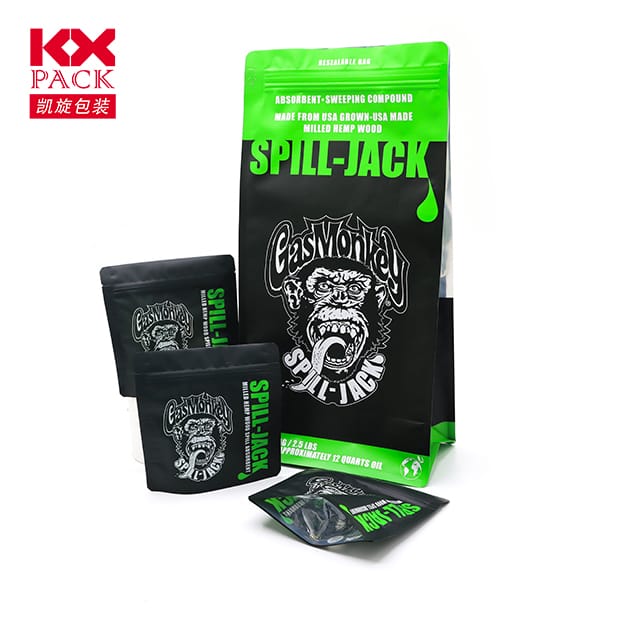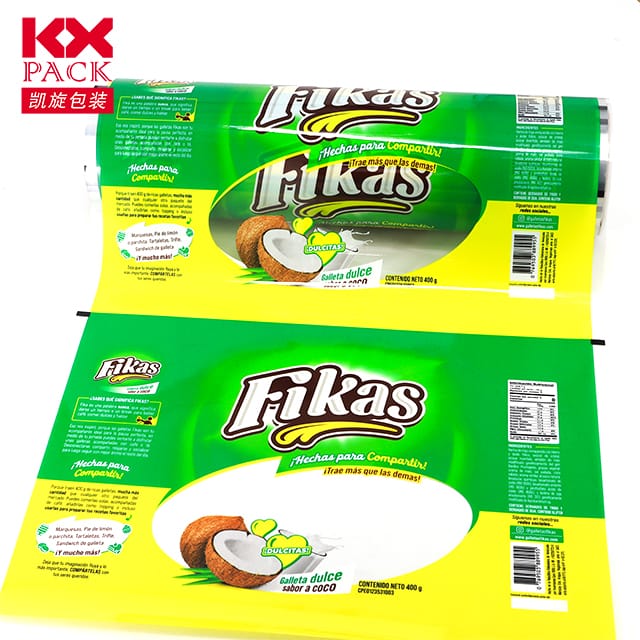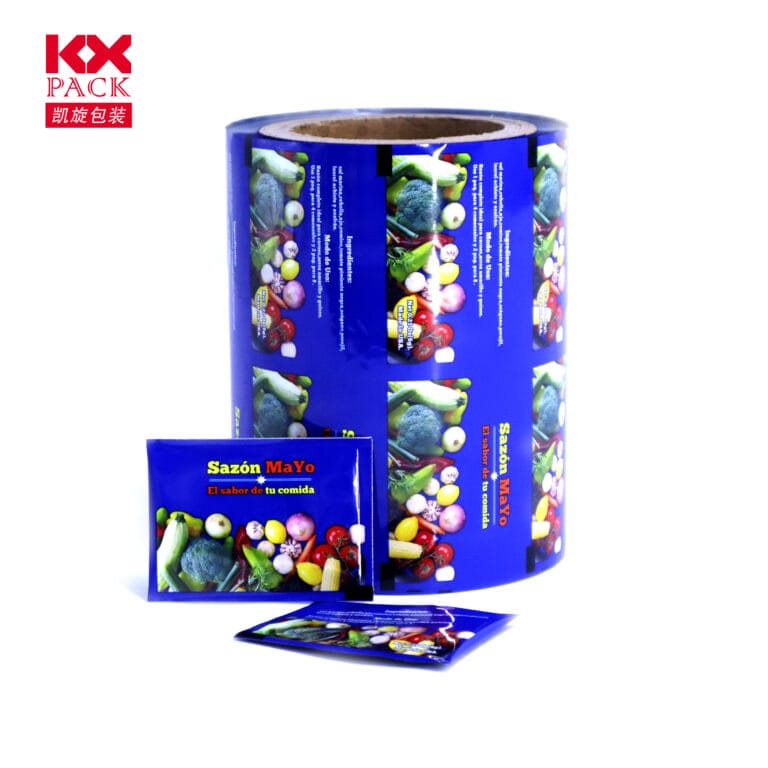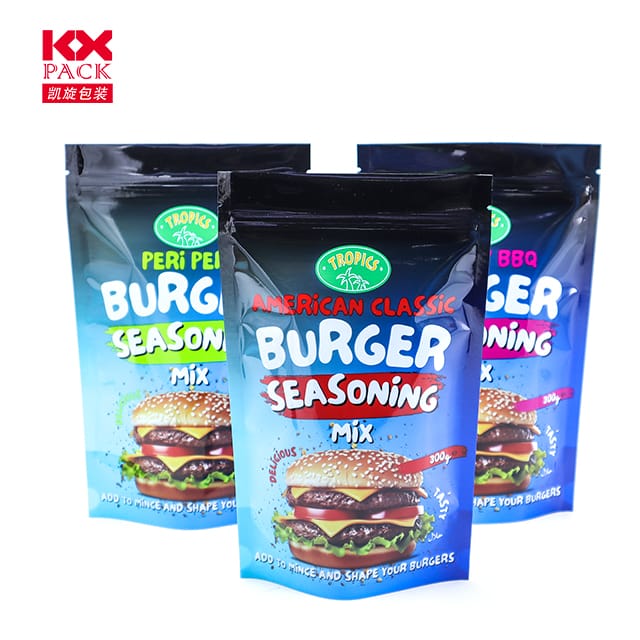探索食品级包装电影的世界: 创新, 安全, 和可持续性
食品级包装膜
在食品包装的动态景观中, 食品级包装膜 站在创新的基石, 确保产品安全, 新鲜, 和可持续性. 随着消费者需求的发展,环境问题的增长, 这些电影背后的材料和技术取得了显着进步. 让我们深入研究使食品级包装膜在当今市场上必不可少的关键方面.
1. 确保安全和卫生
食品级包装膜设计为对外部污染物的障碍, 水分, 和光, 保留食品的营养完整性和新鲜度. 例如, 金属的CPP (铸造聚丙烯) 电影 由于其高屏障特性,广泛用于柔性包装, 鲁棒性, 和成本效益. 这些薄膜涂有铝制, 增强他们保护食物免受氧气和水分的能力, 从而延长保质期并减少变质.
而且, 使用无菌材料 例如塑料和玻璃, 结合包装期间严格的卫生习惯, 确保食品免受病原体和细菌的保护. 标准像美国FDA 和中国GB-9687 调节组成, 添加剂, 和这些电影的毒理学要求, 保证他们的食物接触安全.
2. 抗菌技术的进步
食品级包装电影中最令人兴奋的发展之一是整合抗菌特性. 电影注入了像银这样的无机剂, 铜, 或二氧化钛 (tio₂) 利用光催化反应产生活性氧 (罗斯) 这会破坏接触时的微生物. 例如, 基于Tio₂电影 produce hydroxyl and oxygen free radicals under light exposure, effectively breaking down organic compounds in bacteria and fungi.
Composite antimicrobial films, combining organic and inorganic agents, offer enhanced efficacy. 一个值得注意的例子是organic-inorganic hybrid developed by China’s National Engineering Research Center, which addresses the limitations of single-agent systems by broadening the antimicrobial spectrum and reducing the required concentration of active ingredients.
3. Sustainability and Eco-Friendly Solutions
As environmental awareness rises, the food packaging industry is shifting towardbiodegradable and compostable materials. 电影由polyvinyl alcohol (PVA), 纤维素, or starch-based polymers are gaining traction as alternatives to traditional plastics. 例如, PVC cling films from manufacturers like Qingdao Longyouru Packing Co., 有限公司, though durable and moisture-resistant, are being complemented by eco-friendly options that minimize ecological footprints.
Reusable or refillable containers, along with innovations likeedible films (例如。, those made from seaweed or alginate), are reducing waste and offering novel consumer experiences. These films not only preserve food but also dissolve safely, eliminating the need for disposal.
4. 智能包装: 食品保存的未来
整合sensors and indicators into food grade packaging film is revolutionizing food safety and quality monitoring. Smart films can track temperature, 湿度, and gas composition within packages, providing real-time data to consumers and manufacturers. This technology helps prevent foodborne illnesses by alerting users to potential spoilage or contamination risks.
例如, 改良的气氛包装 (地图), when combined with smart films, can dynamically adjust gas levels to optimize food preservation. This is particularly valuable for perishable goods like meat, 奶制品, 和新鲜农产品.
5. Customization and Market Adaptation
Manufacturers like Shandong Focus Packing Materials Co., 有限公司, and Guangdong Danqing Printing Co., 有限公司, offercustomizable food grade packaging films tailored to specific industry needs. Whether it’s for snacks, 饮料, or pharmaceuticals, these films can be engineered with varying thicknesses (19–150 microns), 涂料, and printability to suit diverse applications.
The global market for food grade packaging film is expanding, driven by demands for方便, 份量控制, 和透明度. Films with resealable closures, microwave-safe properties, and easy-open designs cater to modern lifestyles, while clear labeling and branding opportunities enhance consumer engagement.
结论
Food grade packaging film is more than just a protective layer—it’s a testament to innovation in material science, safety standards, 和可持续性. As the industry continues to evolve, we can expect further breakthroughs in antimicrobial technologies, eco-friendly materials, and smart packaging solutions. These advancements will not only extend the shelf life of food but also empower consumers with greater choice and transparency in their purchasing decisions.
In a world where food safety and environmental responsibility are paramount, food grade packaging film remains at the forefront of ensuring that our meals are fresh, 安全的, and sustainably packaged.






